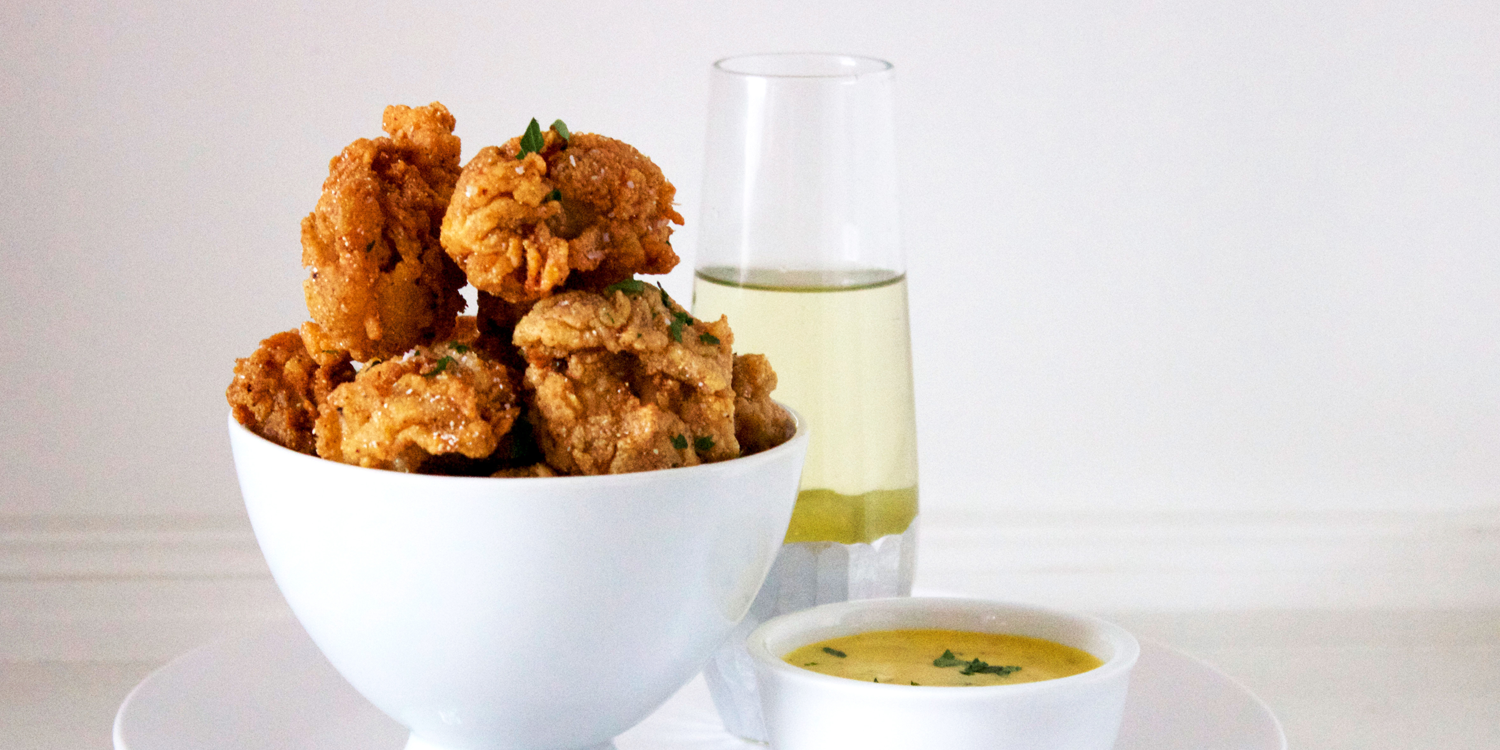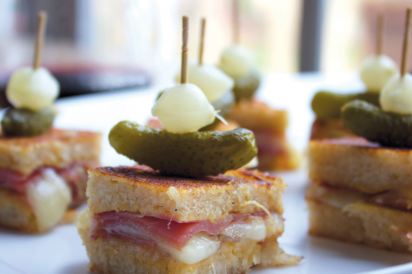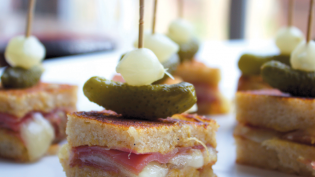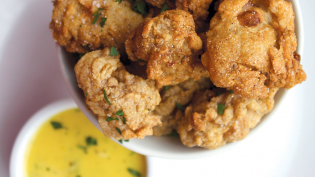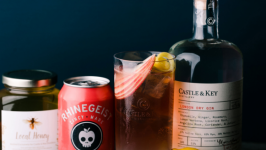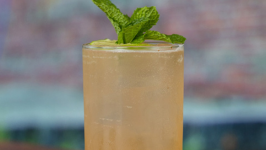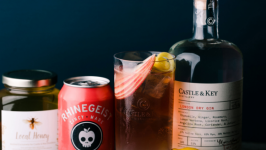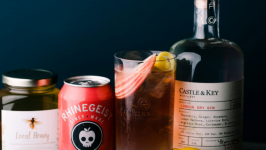The Making of a Master Sommelier
I’m not sure when my intrigue about the world of wine took root, but I give Scott Harper full credit for helping it grow. I first encountered Scott as a student, enrolled in one of the evening classes he taught through Bellarmine University’s Continuing Education School.
This form of wine education went well beyond the tasting events I’d attended in the past. Gone were high-top tables, light chitchat and a wine representative pouring small tastes from their portfolio. Instead I found several rows of tables set classroom style, facing the front of the room where a projection screen loomed, four wine glasses arranged neatly at each seat. It was clear the intention was not just to taste wine but to learn.
Armed with a bound course workbook, I found my seat, braving the front row. I can’t remember what wine region we focused on that first class, all I know is that I found the detailed discussion of climate, soil and the slew of factors influencing winemaking enthralling. I was officially hooked.
Here’s the thing about Scott: He does not fit the caricature of a wine connoisseur. His manner of teaching and talking about wine is casual and affable, not a hint of pretension to be found. While snobbery simply does not seem to be in his DNA, to say Scott is knowledgeable about wine is a vast understatement. He has, in fact, achieved a goal that, at present, only 235 other people in the world can also claim. Scott has earned the title of Master Sommelier, hard won after passing what is widely considered one of—if not the—world’s hardest tests.
“ Becoming a Master Sommelier is the equivalent of an athlete winning an Olympic medal. Such determination can only come from personal drive, not professional pursuit.”
As my desire to learn about the extensive world of wine bloomed, so did my curiosity about what it would take to become a sommelier. Though I’m no longer in the service industry, as a food writer I felt confident that attaining this additional knowledge would only benefit my career and I set about studying for the first step in the certification process. But the idea of pursuing the level of Master was never been part of the equation. Becoming a Master Sommelier is the equivalent of an athlete winning an Olympic medal. Such determination can only come from personal drive, not professional pursuit.
Scott could never have known this would be his path. After graduating from Trinity he began working at Angelo’s Restaurant to support himself. He recalls doing a side-by-side sampling of two different varietals of Bolla wine, understanding the wines were different but wanting to taste for himself. His curiosity officially piqued, Scott purchased Italian Wine by Victor Hazan. As he read about the wines of Italy he realized that this subject encompassed everything he loved: history, topography, religion, legend. This would be his calling.
Scott moved on to the Bristol in 1991 and he has been with the restaurant group ever since, currently a managing partner. With Scott’s rise through the sommelier ranks, he and his fellow partners knew a wine-focused project would be part of their future. After years of floating around various concepts, Cuvée Wine Table, a wine bar and small-plates restaurant, was officially born in May 2017. Photos of Scott’s travels to wine countries throughout the world decorate the walls, trips he has been privileged to take thanks to his Master Sommelier status.
There are several hurdles to clear before sitting for the Master test. The Court of Master Sommeliers oversees and administers four levels of exams throughout the world, beginning with the Introductory level, a two-day comprehensive overview of key wine and spirits theory as well as a crash course in the deductive tasting method, a cornerstone of the sommelier certification process. Introductory candidates must pass a 70-question multiple-choice test in order to move on to the Certified level, where participants are subject to a three-part exam covering theory, service and a blind tasting of two wines using the deductive tasting method.
The deductive tasting method presents a comprehensive evaluation of a wine, the taster analyzing the appearance, the smell and finally the taste, each aspect providing clues as to what the varietal may be and from where it hails. A sommelier must not simply dip their nose in a glass and declare what the wine is based on sensory memory alone; they must build a case, using the wealth of knowledge they’ve gleaned through their studies, knowledge they will use as representatives of the hospitality industry.
Although becoming a Certified Sommelier is no easy feat, the breadth of comprehension required for the third level—the Advanced Course—is of a whole new depth. This is where the enthusiasts are separated from the obsessed and only those who pass this intense exam will have the opportunity to sit for the Master certification. Scott credits part of his achievement of Master status to his exceptional taste memory, which helps him identify the countless nuances contained in any given glass of wine. Beyond that, it took an immense amount of time, focus and dedication—and still the majority do not make the cut. Yet in 2009, Scott did.
When designing the wine list at Cuvée, Scott’s aim was to craft a menu that would appeal to both the wine geek and novice alike, the by-the-glass list extensive while remaining concise, offering familiar bottles alongside lesser-known varietals, the two bottles of Austrian Grüner Veltliner on the list a nod to one of his most beloved wines.
The establishment of Cuvée solidified Scott’s commitment to staying in Louisville, although he never truly considered leaving his hometown for the larger cities where his fellow Masters tended to settle. This pursuit was never about professional advancement. It was purely personal for Scott, his love for wine, and all of the feelings that come along with it, the most powerful driving force of all.


